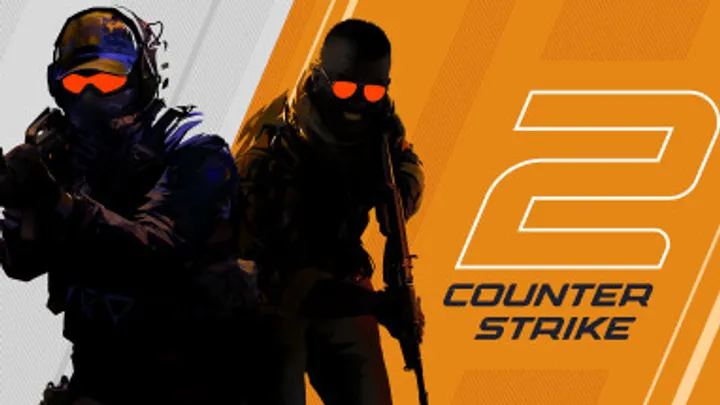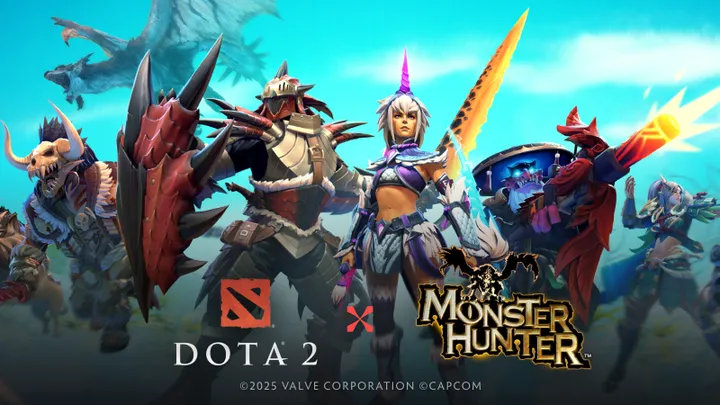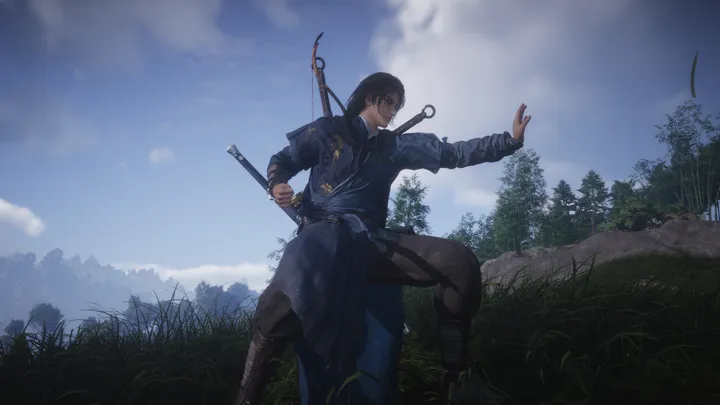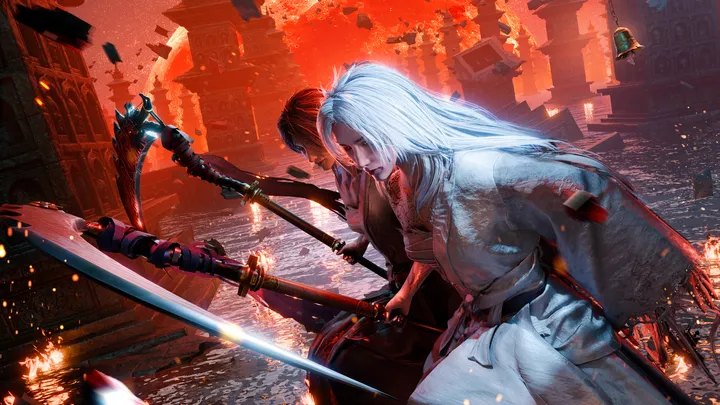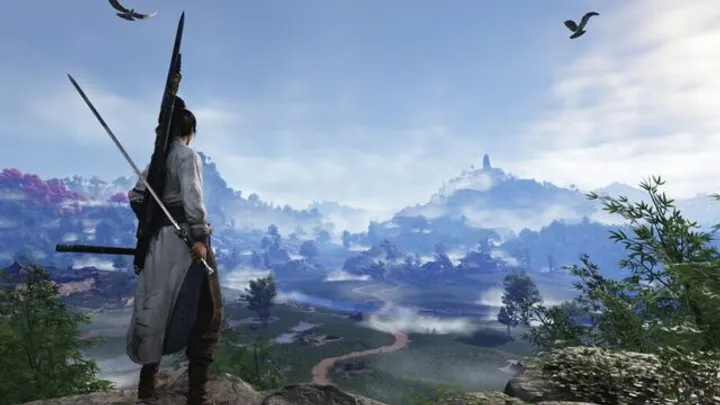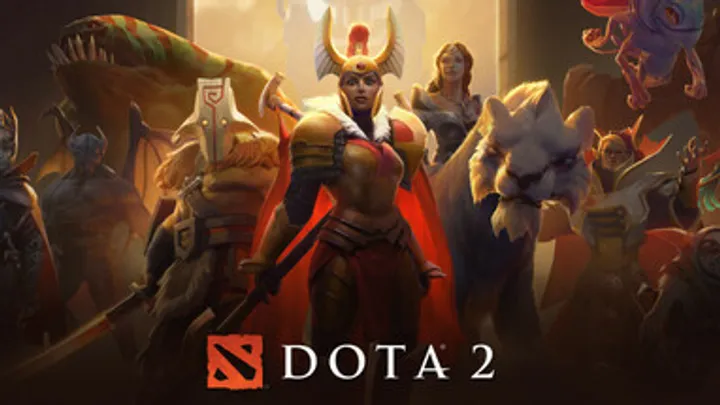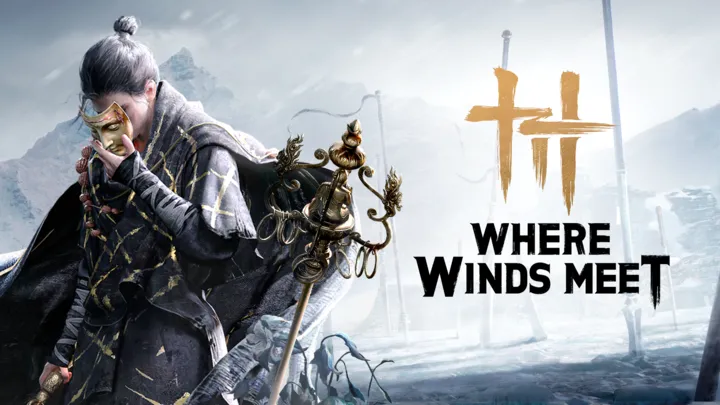Dota 2 is a highly strategic and competitive multiplayer online battle arena (MOBA) game that combines teamwork, strategy, and mechanical skill. To improve in Dota 2, you must understand its core mechanics, hero roles, map control, and decision-making processes. This guide will provide a detailed step-by-step approach for players looking to enhance their gameplay from beginner to advanced levels.
Understanding the Basics
Before diving into advanced strategies, it’s crucial to grasp the fundamentals. Knowing the map, lanes, towers, creeps, and Roshan is essential for effective gameplay. Understanding core mechanics like last-hitting, denying, and experience range will give you a significant advantage over opponents.
Map awareness is key. Constantly monitoring the minimap allows you to predict enemy movements, avoid ganks, and coordinate plays. Make a habit of glancing at the map every few seconds to stay aware of the overall game flow.
Core game mechanics such as last-hitting and denying creeps, stacking neutral camps, and controlling lane equilibrium form the backbone of strong laning performance. Mastering these skills ensures you can farm efficiently while limiting your opponents' resources.
Choosing the Right Hero
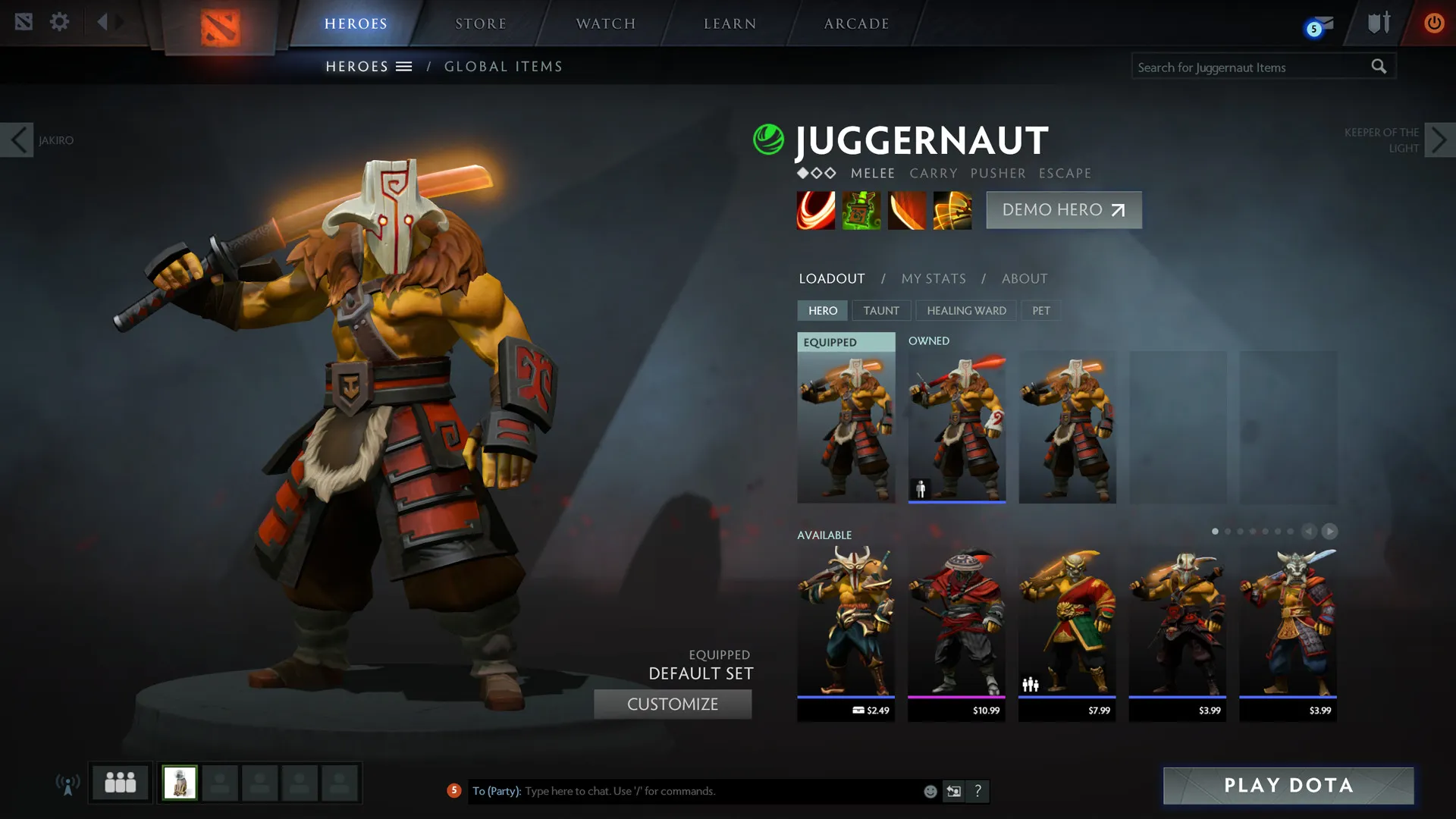
Your hero choice significantly affects your gameplay impact. Pick heroes that align with your playstyle while considering your team’s composition. Understanding hero roles is essential—cores focus on farming and dealing damage, while supports provide utility and vision control.
Learning hero counters is also vital. Identifying which heroes are strong or weak against your pick helps you dominate lanes and exploit enemy weaknesses. Studying counter picks and practicing them improves both your laning and team fight performance.
Mastering the Laning Phase
The laning phase sets the foundation for mid and late-game success. Focus on last-hitting and denying creeps to secure gold and experience. Proper lane control, including creep equilibrium and pulling neutral camps, ensures safer farming and pressure on enemy towers.
Effective laning requires positioning to avoid enemy harassment while maintaining the ability to trade when advantageous. Supports should protect cores while harassing enemy heroes, ensuring your team gains the early game edge.
Effective Itemization
Items in Dota 2 can drastically affect your effectiveness. Identify core items for your hero and adapt your build based on game progression. Carry heroes often prioritize damage items, while supports focus on utility, mobility, and vision.
Situational items are equally important. Defensive items like Black King Bar or Linken’s Sphere counter enemy burst damage, while mobility items improve map control and escape potential. Learning when and how to use active items in fights is critical for maximizing their value.
Warding and Vision Control
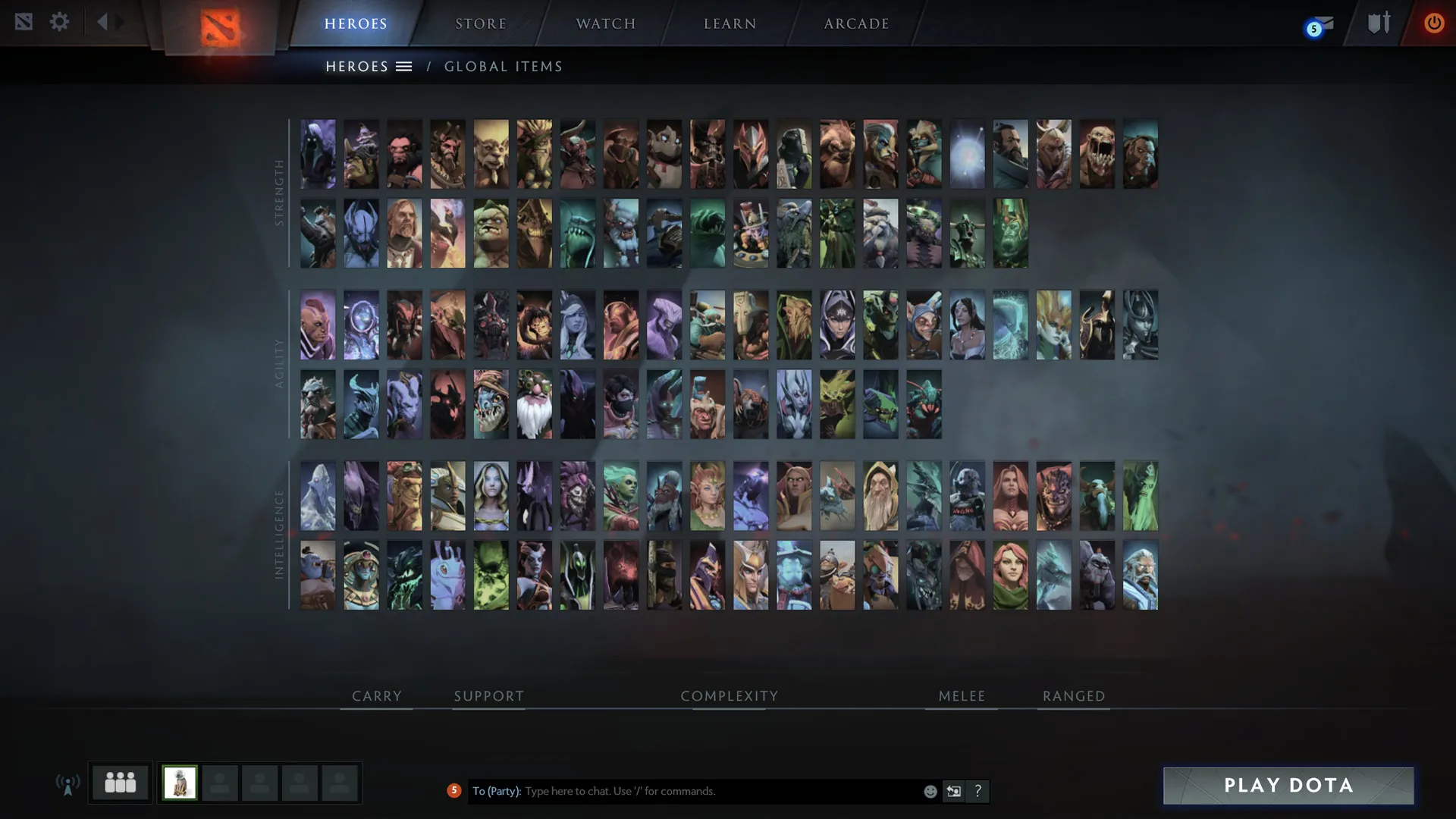
Vision is a key factor in Dota 2. Proper ward placement allows your team to anticipate enemy movements, plan ganks, and avoid dangerous situations. Observer wards provide long-term vision, while sentry wards detect invisible units.
De-warding is essential to deny enemy vision. Regularly check for enemy wards using sentries or abilities and remove them to secure strategic advantages. Coordinated vision control often dictates team fight outcomes and map dominance.
Team Communication
Even highly skilled players can fail without effective communication. Use pings to indicate missing enemies, request assistance, or signal objectives. Voice and text chat help coordinate ganks, cooldown usage, and item timing.
Maintain positive communication to avoid tilt and boost team morale. Teams that communicate well can execute strategies more efficiently and respond to threats more effectively.
Understanding Mid-Game Objectives
The mid-game focuses on objectives such as towers, Roshan, and map control. Coordinated ganks and rotations help secure early advantages for cores and supports. Proper mid-game play determines which team will dominate the late game.
Taking towers strategically reduces enemy farming space and opens opportunities for further objectives. Roaming supports can create pressure across the map, forcing enemies to respond and creating openings for your team.
Team Fighting Strategies
Team fights require coordination, timing, and positioning. Initiators should target key enemy heroes, while carries focus on maximizing damage output. Supports and offlaners control enemy movement and provide utility.
Proper positioning is essential. Carries should avoid early initiation and stay safe while dishing out damage. Supports must protect cores and control zones, while offlaners disrupt the enemy formation and absorb damage.
Late Game Decision-Making
The late game is about precise decision-making. Split pushing forces enemies to respond to multiple threats, opening opportunities elsewhere. High ground sieges are risky but necessary; coordinate your team, clear enemy wards, and engage strategically.
Every action matters in the late game. Avoid overcommitting, focus on objectives, and maximize map pressure to secure victory.
Analyzing and Learning from Replays
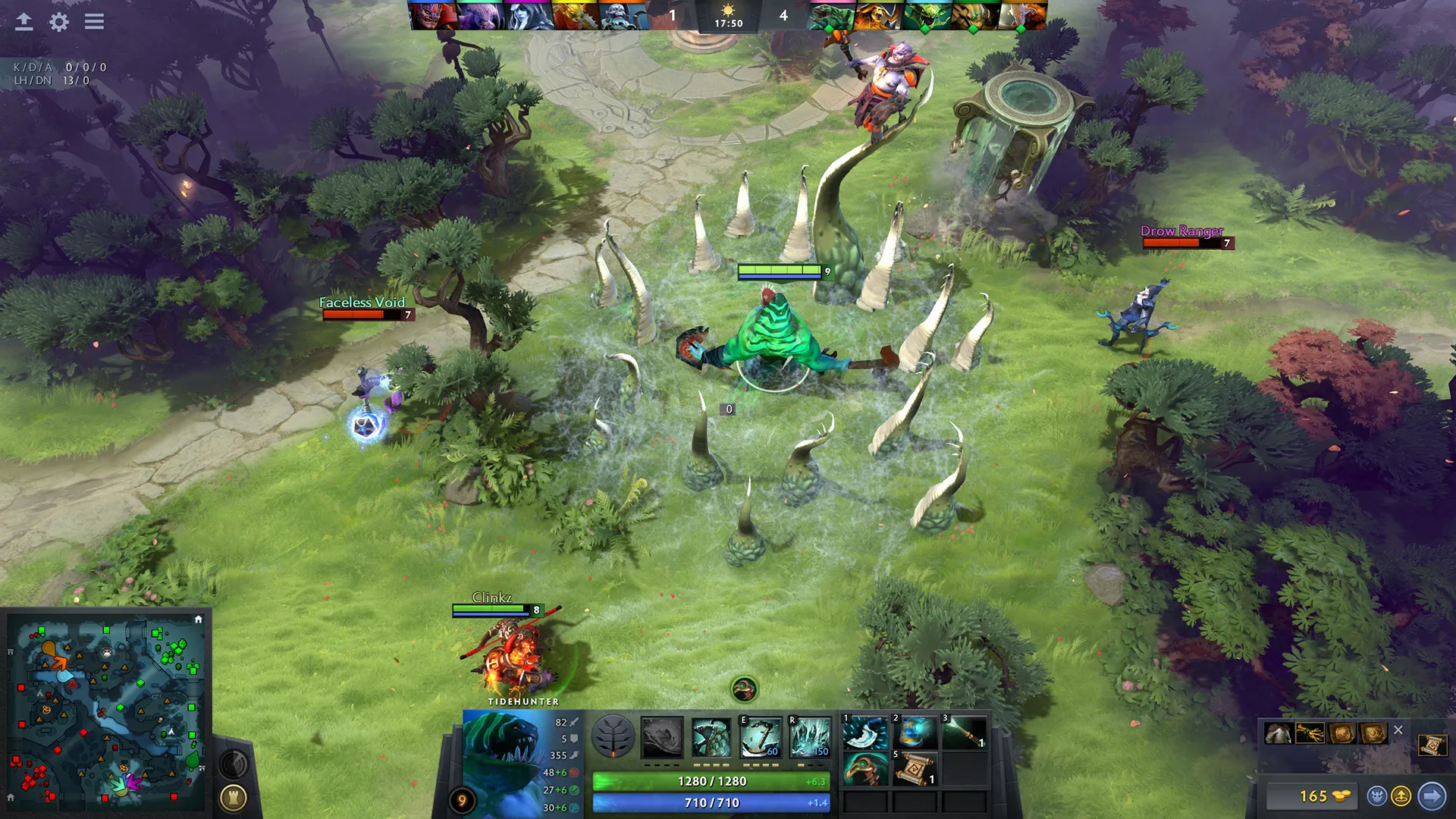
Post-game analysis is crucial. Review replays to identify mistakes such as poor positioning, missed spells, or suboptimal item choices. Recognize patterns that led to losses and adjust your strategy accordingly.
Watching professional or high-rank players can also help. Observe their hero choices, positioning, and itemization to understand advanced tactics and decision-making.
Maintaining Mental and Mechanical Skills
Dota 2 is demanding both mechanically and mentally. Improve reaction time, spell combos, and last-hitting through regular practice. Mechanical drills in custom lobbies or bot games enhance muscle memory and gameplay consistency.
Mental resilience is equally important. Stay calm under pressure, take breaks to avoid tilt, and focus on gradual improvement rather than immediate results. A positive mindset improves both personal performance and team cohesion.
Conclusion
Mastering Dota 2 requires practice, strategy, and awareness. By understanding basics, selecting the right hero, mastering laning, itemization, vision control, communication, team fights, and decision-making, you can steadily improve. Combine this with replay analysis, mechanical drills, and mental resilience to climb the ranks and enjoy the game to its fullest.
Summary:
Learn hero mastery, laning, vision, items, fights, and mental skills to improve at Dota 2 and win more matches consistently.









